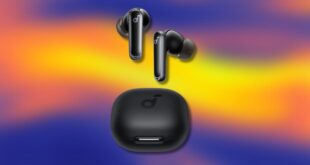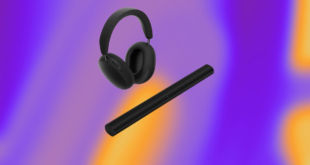Ring’s motion zones help increase accuracy, among other benefits.
When you’re looking for a video doorbell, the most important question isn’t “Which one is best?” so much as “Which one is best for me?” All of Ring’s video doorbells perform well — and all of them come from the same company, with the same troubling history of facilitating video sharing with police. Not all of them will be ideal for you.
Important Features
Video doorbells should have key features like night vision, two-way audio and motion detection. Those are more or vital parts of this type of security camera. Then several other features are also very important for doorbell management, including object detection to spot alerts about packages, and video storage so you can keep the recorded clips rather than just relying on live views.
Does it work with smart home platforms? If so, do the smart features work well together?
Amazon’s Ring is an Alexa-focused brand, which is great for those who have Echos or Echo Shows that let them look through the doorbells’ live views. However, you won’t have other smart home compatibility here outside of Alexa apps or devices.
Latency
Latency is particularly important for video doorbells because you want the doorbell to detect movement quickly and alert you in a timely way so you can check the door or retrieve a package ASAP. Object recognition is good, but it can often slow down reaction times for the doorbell. Speedy recording and alerts are important for overall quality of life.
Quality of the live view?
Doorbells are often exposed to direct sunlight, but many others are installed under porches, near shady trees and in all sorts of other settings. It’s important that the camera has night vision and can handle any of these scenarios so you don’t get stuck with a nonfunctioning product that can’t see faces under a porch.
 meganwoolsey Home
meganwoolsey Home



